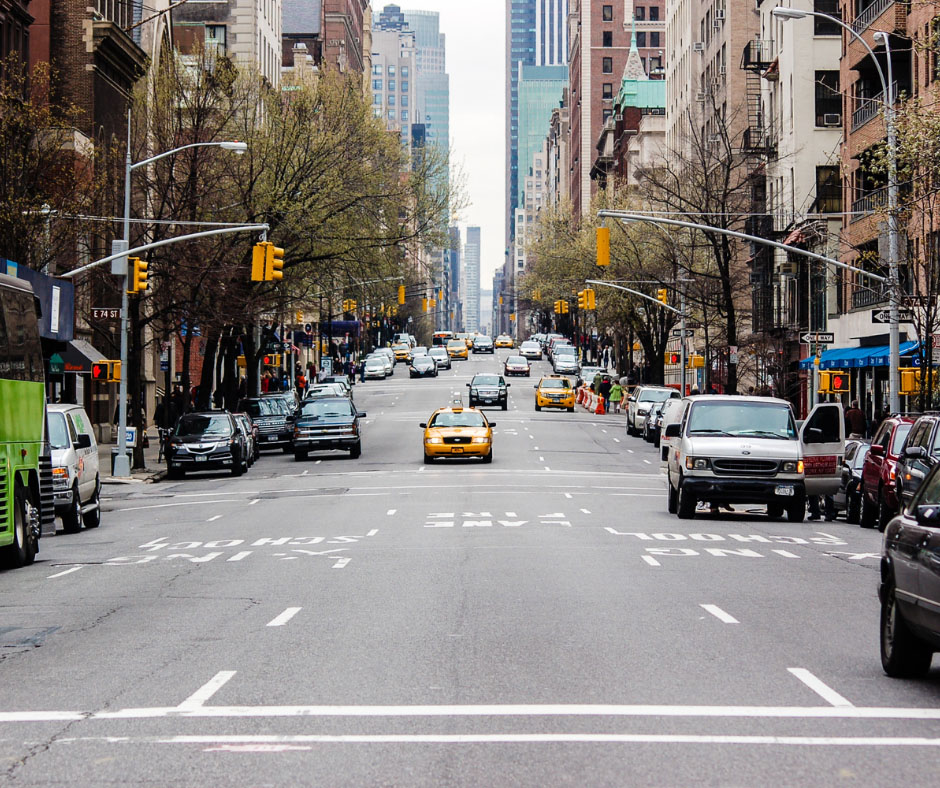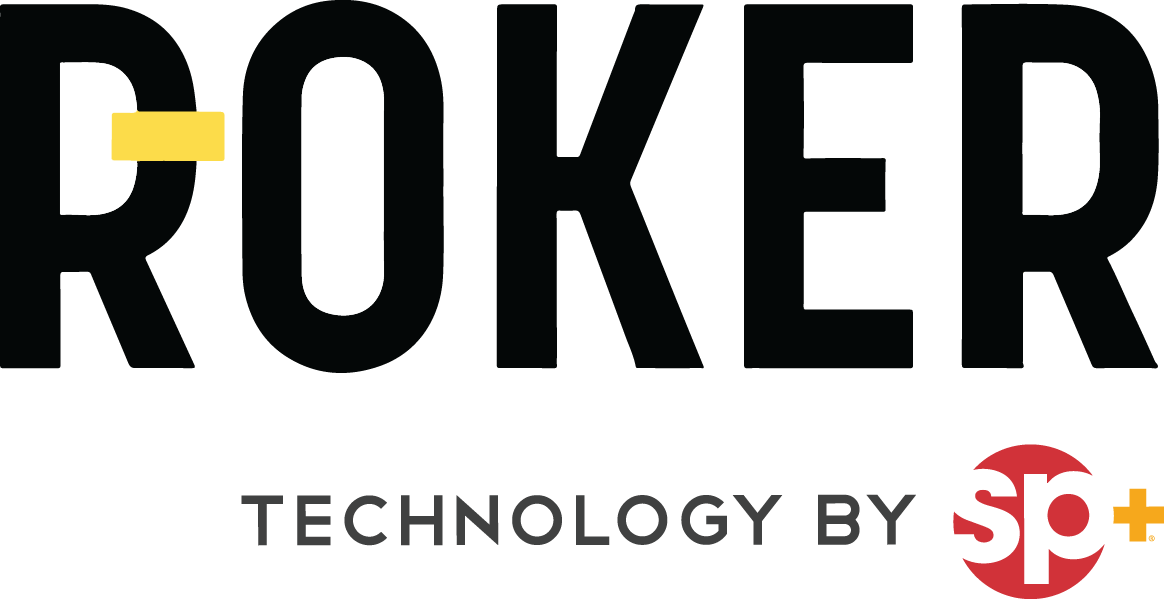
One of the biggest challenges city drivers and municipalities face is a shortage of parking availability due to garbage collection. In New York, city planners have introduced a solution called alternate side parking (ASP) — a parking policy that enforces the removal of parked vehicles to accommodate weekly street cleaning schedules in neighborhoods across the city. While this is currently only in effect in NY, it serves as an efficient model for other cities across North America, especially when powered by smart technology.
NYC is where it all began
In the 1950s, NYC officials noticed an abundance of waste gathering on their roads. Although sanitation crews were eager to help, they were road-blocked by too many parked cars by the curb. The introduction of alternate side parking made it possible for cleaning staff to remove the trash that covered the streets and maintain on-street sanitation. Implemented once or twice a week, ASP requires NYC residents to move their vehicles to the opposite side of the road until streets are completely cleaned. To notify residents of this weekly policy, ASP signs are marked by a “P” crossed by a broom symbol with a date and time stamp of when it’s enforced.
What are the ASP violation rules?
- If you live on or below 96th Street in Manhattan, violations are $65
- If you live in other boroughs such as Brooklyn, The Bronx, and Queens, violations are $45
- You have a 5-minute grace period to remove your vehicle without penalty
- ASP is in effect all year, except during legal and religious holidays
How can smart parking technology improve the ASP model?
Although alternate side parking has proven to solve the street cleaning issue, it’s presumably responsible for more parking tickets than anything else in NYC. Since there are many rules associated with ASP, parkers are often confused about the policy and find themselves unintentionally committing violations. Drivers are legally responsible for ensuring that their vehicles are parked on the correct side of the street, requiring them to be cautious of signage and following their neighborhood’s ASP schedule. Since the streets of NYC are already quite crowded, some parkers will choose to circle their vehicles around the city for 1 to 3 hours to avoid getting ticketed or towed if they are unable to find a spot on the alternate side.
The last thing city planners want is added traffic congestion. With a smart parking platform like Roker, parking operators are able to track and manage parking behavior by neighborhood to not only enhance the ASP model but also keep streets clear. Secondly, the ability to collect parking data in real-time can help city planners properly schedule garbage collection during hours when parking volume is low. For example, if curbs in the Upper East Side are usually vacant in the afternoon, garbage collection can start within those hours. This eliminates the need for residents to move their vehicles all at once, reduces the chances of repeat violations, and makes for a smarter urban mobility experience.
As cities continue to grow, the need for smarter parking solutions is imperative. At Roker, our cloud-based platform easily adapts to your existing infrastructure, with key features designed to enhance parking enforcement and management. To learn more about our platform, contact us here.
